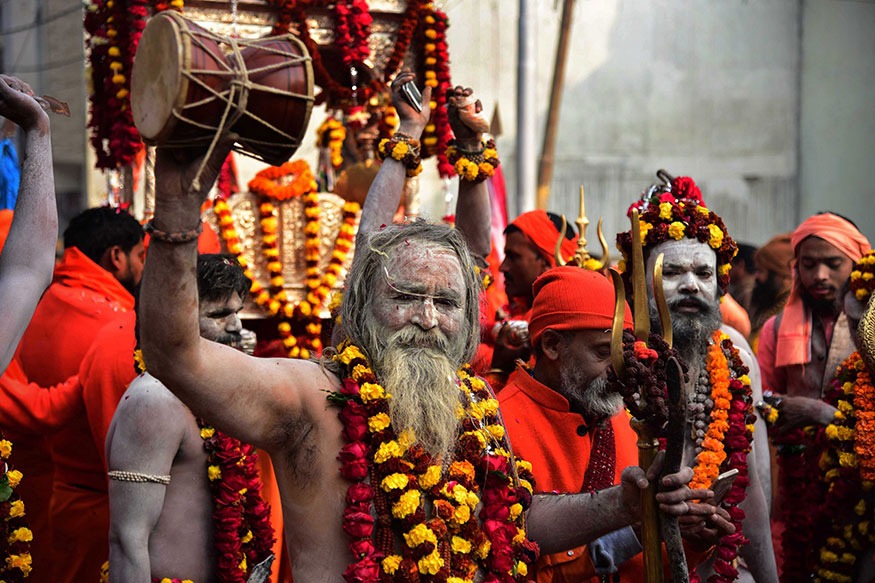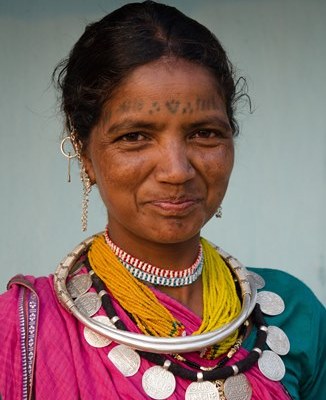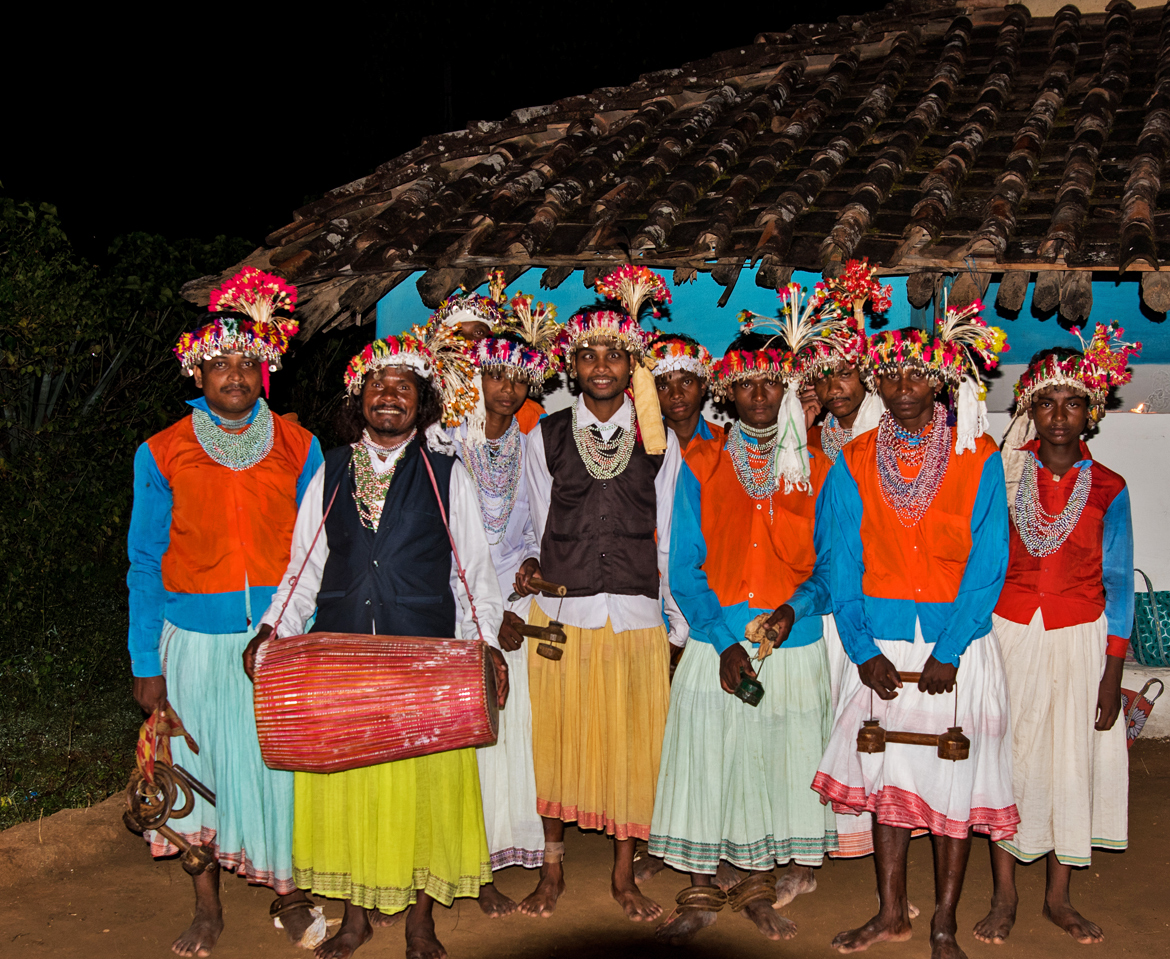
Madhya Pradesh is fondly referred to as “The Heart of India”. The name is not only a reflection of its location right at the centre of the country, but also of its significant contribution to the country`s culture and traditional heritage. The region occupied by present-day Madhya Pradesh has witnessed the comings and goings of all the major dynasties that have ruled over India throughout history – beginning with the Mauryas and Guptas, followed by the Rajputs, Afghans, Mughals and finally the Marathas.
Vividity & Diversity
A large part of Madhya Pradesh’s appeal—to the policy makers of the present as well as the conquerors of the past—is its rich geographical location. The State is situated between the Vindhya and Satpura mountain ranges, and boasts natural defenses that would have appealed to ancient rulers. It was also ideally placed on the trade routes that ran between the seaports of the west and the mountain passes of the north, and is easily accessible from most of the primary political centers of the country.
Another significant contributor to Madhya Pradesh`s popularity as a site of early human settlement is its location on the Ganges basin. This land-locked State in fed by an expansive network of Gangetic rivers—the most prominent being the Narmada and Tapti. The land surrounding these rivers is rich with sediment brought down from the Himalayan mountains, and is perfectly suited for agriculture and cultivation. As a result, Madhya Pradesh has been rife with agrarian settlements throughout history. In addition to contributing to soil quality, the network of rivers has also benefited the State`s position as a centre of trade—connecting it more effectively to the surrounding settlements.
Madhya Pradesh, like most tropical regions, experiences hot, dry summers, rich monsoon showers, followed by a cool and relatively dry winter. The monsoon winds wane from west to east, and are halted by the Vindhya mountain range in the south. The unique orientation and distribution of rainfall has rendered the southwest region of the State far more forested than the northeast—consequently, the latter forms the primary segment of the urban landscape.
An interesting result of the temperate climate and the diverse distribution of monsoon showers is that Madhya Pradesh has an eclectic blend of soil types. A variety of crops are grown here, and some farmers are even able to alternate crops between summers and winters—this not only boosts productivity but, if done with the right crop-types, can also help regenerate the fertility of the soil with each subsequent batch. Madhya Pradesh boasts some of the country`s most valuable and fertile agricultural soil, and over 70% of the population has remained agrarian to this day.
Madhya Pradesh is also known for its luxuriant forest cover, which accounts for more than 12% of India`s total forested land. A lot of the State`s forests have either been classified a “reserved” or “protected”, and comprise a large percentage of India`s National Parks. Madhya Pradesh has 11 National Parks in total, six of which are Project Tiger Reserves—making it India`s hotspot for wildlife safaris and the Best Place in India to see Tigers in wild. Besides tigers, the National Parks are host to numerous other exotic species of flora and fauna.
celebrate their cultural traditions in great pomp & show and is a feast for the eyes for a traveler.
Korku women have an “M” – like mark between their eyes, while Bhadia women have bow-shaped lines above their eyebrows, and dots and lines on their foreheads,


The tribes have significantly different languages, traditions, religious beliefs and social structures, and have remained largely isolated and excluded from mainstream development. Until the last century, many of these tribes remained semi-nomadic. Some would live solely off the food they could forage or hunt, while others would rely in shifting cultivation—an agricultural technique by which they would burn a strip of forest ground, grow crops in the ashes for a few years and then leave the land behind for regeneration as they moved on to a new site.
Leave your name and email below along with what you are looking for in the message box. Or you can call us at +9194251 57188
WhatsApp us